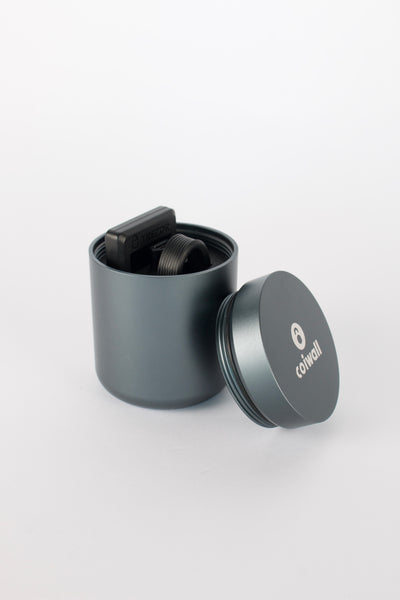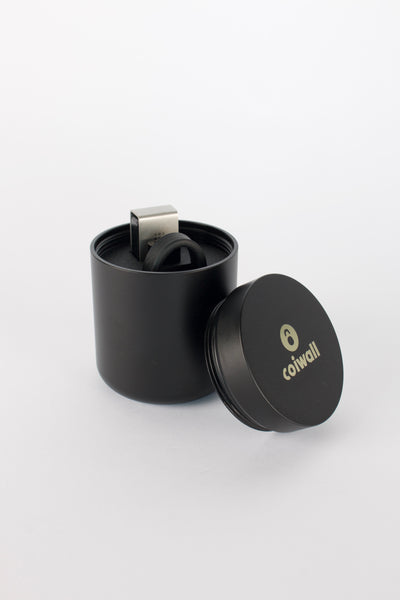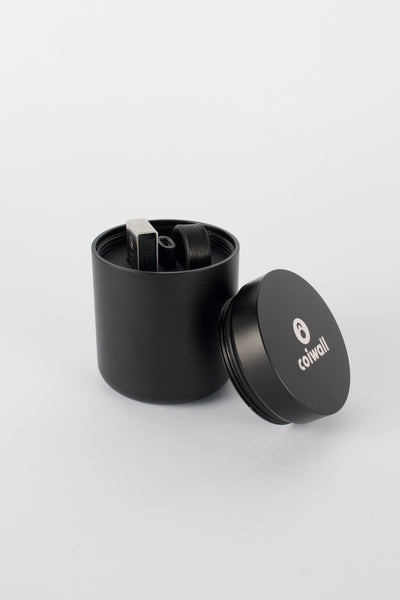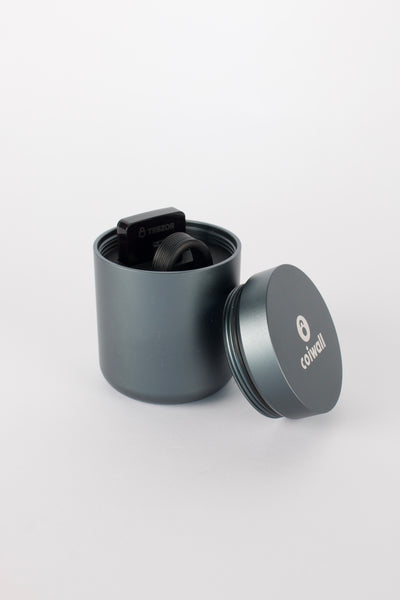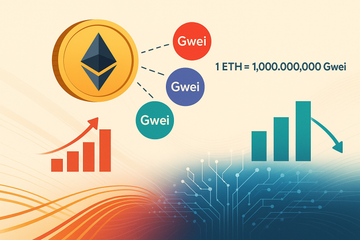If you’ve spent even a couple of minutes poking around the world of Ethereum, you’ve likely stumbled onto the mysterious word: Gwei. Now, it might sound like some kind of mythical creature or an old-school video game power-up, but it’s far more practical—and crucial—than either. So, let’s grab our metaphorical magnifying glass and see what makes Gwei tick. And you know what? I promise, by the end, it’ll feel almost second nature.
What Exactly Is Gwei?
Okay, first things first. Gwei is a unit of measurement on the Ethereum network—and it’s all about money. But not the green, crinkly kind you stuff in your wallet. In Ethereum, Gwei quantifies gas fees: that’s the cost for every transaction, every line of code, and every cryptic little smart contract that gets executed.
But why not just use plain old Ether (ETH) for these costs? Well, ETH can get a little too chunky for the small amounts needed to pay for network computation. Imagine buying a pack of gum but only having a thousand-dollar bill. Awkward, right? Gwei slices ETH into teeny, manageable bits, making everyday transactions a breeze.
Fun fact: 1 ETH is equal to 1,000,000,000 (one billion) Gwei! (source).
Why the Name? And Who’s Behind It?
Names in crypto aren’t just thrown around randomly. Gwei is named after computer scientist Wei Dai, a pioneer whose ideas informed the entire decentralized money movement. People in the know? They definitely tip their hats to Wei every time they send an Ethereum transaction (even if just subconsciously).
How Does Gwei Make Ethereum Cheaper and Easier?
This is where things get interesting. Every time you send ETH, interact with DeFi apps, or even nab yourself a snazzy NFT, you pay a network fee. Ethereum calls this gas—a nod to fueling the network’s virtual engine. Gwei is the unit in which you pay this 'gas.' Simple as that.
Without Gwei, you’d have to wrangle calculations down to itsy-bitsy decimals, like 0.000000012 ETH. Not fun. Saying “20 Gwei” is just so much snappier and avoids all those zeros dizzying up your day.
The Gas Game: Why Fees Fluctuate
Ever notice your fees are sometimes low, and other days, they spike higher than Bitcoin in a bull run? That’s because Ethereum’s traffic is a bit like city rush hour—sometimes you’ll breeze through, other times you’re bumper-to-bumper. The more folks want to use the network, the more Gwei you’ll shell out for a speedy transaction (Etherscan Gas Tracker proves it in real-time).
Everyday Analogies: Gwei in Action
Need an everyday comparison? Okay, picture a pizza parlor. Ether is the whole pizza. Gwei is the tiny slices you share out to friends. You wouldn’t eat the whole thing in one bite, right? Instead, you hand out slices depending on how hungry people are. On Ethereum, Gwei lets you pay the exact fragment of a fee required for your transaction—no more, no less. Clean, precise, and more sensible than juggling decimals.
For the curious: the smallest unit in Ethereum is wei (like a single crumb), while Gwei sits comfortably as the go-to 'bite-sized' piece for gas fees (source).
If You Use a Hardware Wallet: Here’s What Matters
Now, if you’re someone who keeps their coins extra secure in a Ledger or Trezor wallet, you’ll care about Gwei more than most. Here’s the thing: hardware wallets let you approve transactions right on the device, and before you click “confirm,” you’ll always see those gas fees displayed in Gwei. Knowing what’s reasonable—and what’s highway robbery—saves you money. Ledger and Trezor even help you adjust fees, depending on how fast you want the transaction confirmed. See? Gwei isn't just techy trivia, it’s practical, like double-checking the tip before signing your restaurant bill.
Converting Gwei: Not Just Math, It’s Money Sense
Let’s crack open the calculator for a sec. Say Ethereum is trading at $1,500 for 1 ETH, right? Every Gwei is worth $0.0000015. If gas fees are 20 Gwei for your transaction, you’d pay 20 x $0.0000015 = $0.00003, a teensy fraction of a dollar (source). Not even enough for a penny candy (do those still exist?).
- If fees jump to 40 Gwei due to network congestion, cost doubles, but still pocket-change.
- Stay glued to trackers like Etherscan or even your hardware wallet app for the latest rates.
But honestly, most folks just eyeball the fee settings in MetaMask, Ledger Live, or Trezor Suite, tweaking up or down based on urgency.
Why Poorly Chosen Gas Fees Can Trip You Up
I’ve been there—cheaping out, setting a rock-bottom Gwei fee, then watching my transaction hang for hours. Think of it like standing last in the lunch line while everyone else with bigger tips gets served first. Want your transaction to zip through? Sprinkle in a few extra Gwei. Want to save a penny and don’t mind waiting? Go low. Just don’t go too low or you’re in for a wait and maybe even a failed transaction.
Quickfire Gwei FAQ: Because Someone’s Definitely Wondering
- Is Gwei only for Ethereum? Mostly. Some offshoot blockchains inspired by Ethereum use it, but ETH is where it’s king.
- Does Gwei ever change value? The unit stays the same, but its dollar value moves with the price of ETH—so yes, and no.
- Why can’t we just stick with ETH decimals? Because that would get messy, quick—and misreading a decimal could cost you real money.
- Are there Gwei calculators? Tons. Alchemy has a handy one, or check your favorite wallet.
Wrapping It Up: Gwei Is Here So You Don’t Have to Sweat the Small Stuff
Honestly, for all its sci-fi lingo, Gwei keeps Ethereum humming along without forcing us to wrestle with microscopic ETH numbers. It slips right into hardware wallets like Ledger and Trezor, making sure you’re never overpaying or getting stuck in the queue. Next time you see a gas fee pop up on your crypto wallet, you’ll know who to thank. Gwei isn’t just a number: it’s the unsung hero keeping your transactions slick, quick, and cheap.

